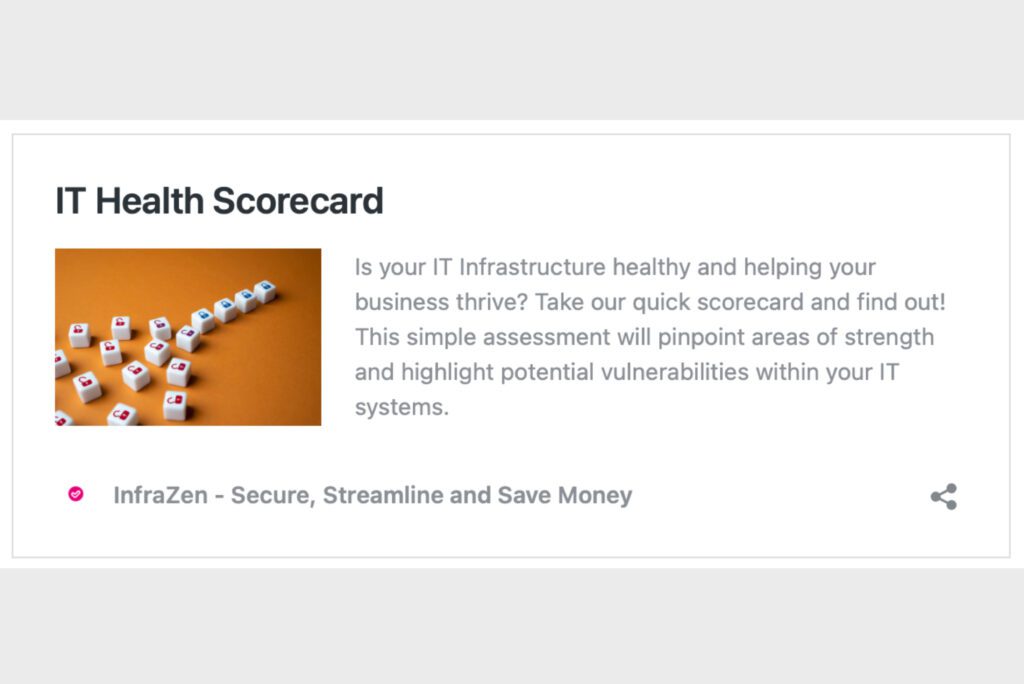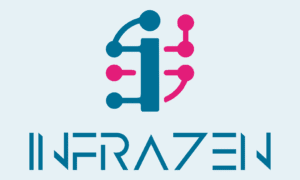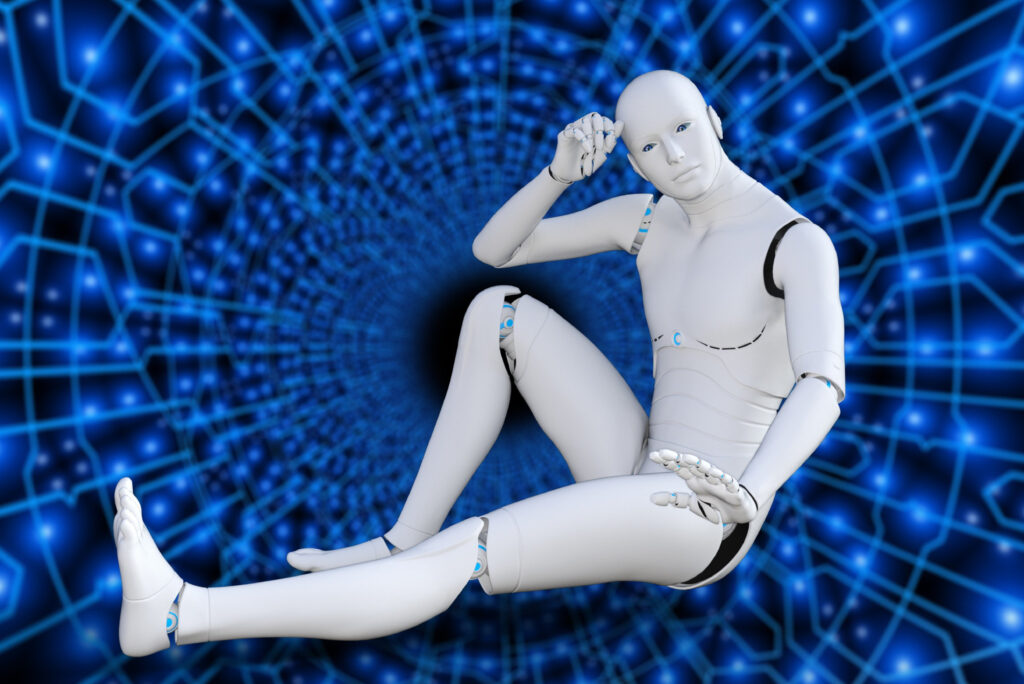Can your Workforce Truly be automated?
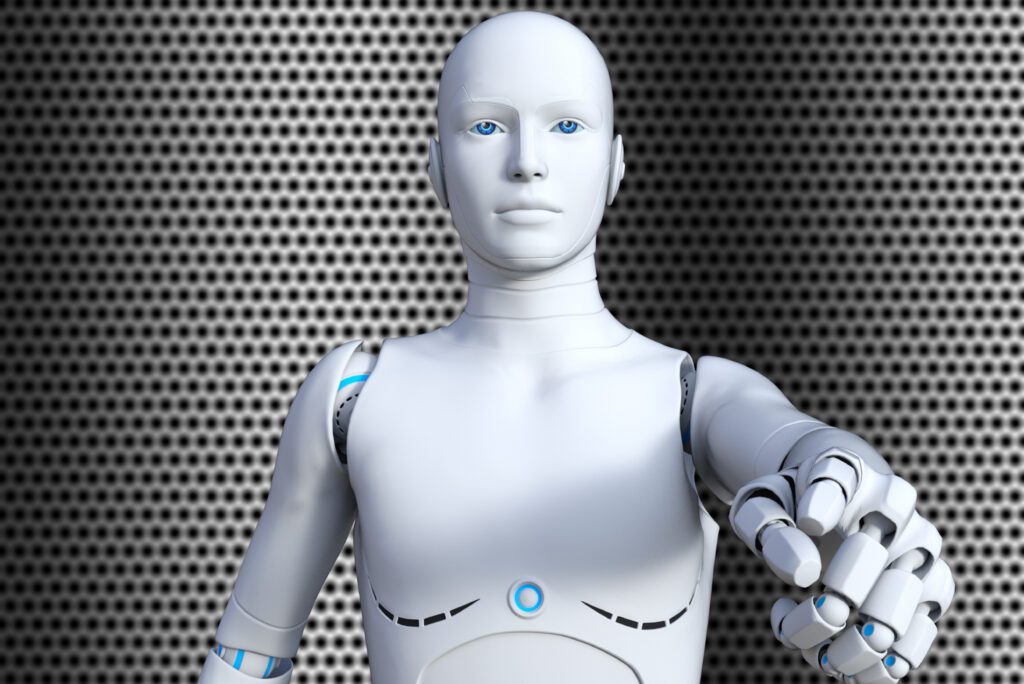
Okay let’s free up your budget, dismiss your entire human workforce and relax, safe in the knowledge that your trusty pc will never demand a pay rise, ask for an extended lunch break, or sleep with your significant other.
As we approach 2025 it’s time for you to face some harsh realities: Firstly you are a business owner or manager – well done you. Second, if you are still in business and competing well, you are probably aware that technology plays a pivotal role in the current and future success of your company. This is not a fad, and the role technology can play in future proofing your business will only increase – some fear to the point at which human intervention – except at the very top level – is superfluous. For small business owners and HR managers, understanding how to leverage these technologies can mean the difference between merely surviving and thriving in the digital age.
By 2025, a host of new technologies will be available to help businesses save costs and generate revenue. However, despite the plucky title of this post, the aim should be to augment human capabilities, not replace them entirely. This guide explores key technologies that will define workforce automation in 2025 and offers insights into how to implement them ethically and effectively.
Key Technologies Transforming the Workplace

Artificial Intelligence (AI)
AI is at the forefront of technological advancements, offering businesses a way to automate repetitive tasks, analyse large data sets, and make informed decisions with unprecedented speed and accuracy. AI can improve customer interactions through chatbots and personalised marketing, and streamline operations by predicting demand and optimising supply chains.
Marketing Intelligence
Marketing intelligence tools harness AI and big data to provide deep insights into customer behaviour and market trends. By analysing this data, businesses can tailor their marketing strategies to meet customer needs more effectively, improving ROI and driving revenue growth.
Marketermilk.com has put together a rather helpful list of some of the major players today to help take the headache out of marketing, complete with a mini review of each. You can access the article HERE.
Customer Relationship Management (CRM)
CRM systems are indispensable for managing customer interactions, streamlining sales processes, and enhancing customer service. With integrated AI, CRMs can predict customer needs, automate follow-ups, and personalise communications, leading to increased customer satisfaction and loyalty.
Affinity recently listed their pick of the best CRM automation tools, together with a helpful review. You can access this article HERE.
Automation
From manufacturing to service delivery, automation technology can take on tasks that were once manual, thereby increasing efficiency and reducing errors. Automation tools can handle everything from data entry to complex analytical tasks, allowing human employees to focus on strategic, value-added activities.
According to sage.com:
Internet of Things (IoT)
IoT devices collect and exchange data, providing real-time insights into operations. In industries like manufacturing, IoT can monitor equipment performance and predict maintenance needs, reducing downtime and enhancing productivity. For retail, IoT offers the potential for smart inventory management and personalised in-store experiences.
Managed Services Providers (MSPs)
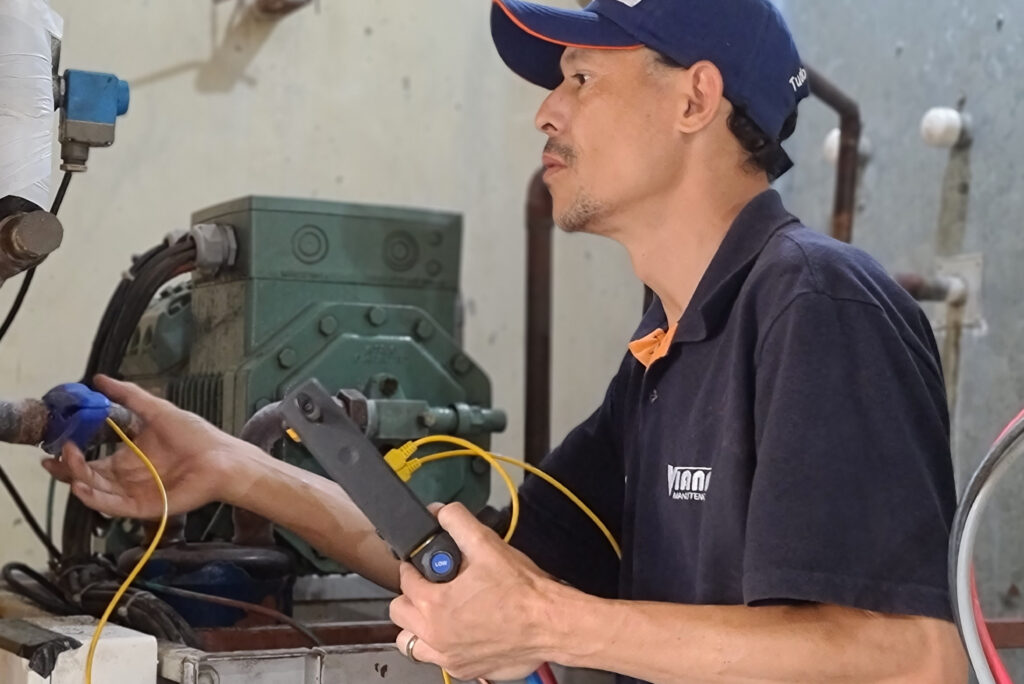
MSPs offer expert management of a business’s IT infrastructure and end-user systems, freeing businesses to focus on core activities. By leveraging MSPs, small businesses can access the latest technologies and expertise without the need for in-house IT staff, optimising costs and improving service delivery.
Implementing Technology Ethically and Effectively

Considering Employee Impact on Technological Intervention
Replacing roles with technology inevitably raises concerns about job displacement. However, the focus should be on how technology can augment human capabilities, rather than replacing them outright. By automating routine tasks, employees can concentrate on more strategic areas of the business.
Retraining and Upskilling
To ensure a smooth transition to a technology-driven workplace, businesses must invest in retraining and upskilling employees (something else a reputable MSP can help you with). Providing opportunities for workers to learn new technologies and take on new roles is crucial in maintaining a motivated and skilled workforce.
Maintain Transparency about your Technology
Transparency with employees about the adoption of new technologies is vital. Businesses should communicate clearly about the reasons for automation and how it will impact the workforce. Open dialogue can alleviate fears and encourage collaboration. And if that doesn’t work you can always fire them all and hire a robot (joking of course… or am I?).
Ethical Use of Data
With the rise of AI and big data, businesses must prioritise data privacy and security. Ensuring ethical use of data is paramount to maintaining trust with customers and employees alike. Implement robust processes for data protection and comply with relevant regulations to avoid potential pitfalls.
Inclusivity and Accessibility
When implementing technology, it’s essential to ensure that it is inclusive and accessible to all employees. This means avoiding discriminatory practices and considering the diverse needs of your workforce. Technology should enhance accessibility, not create additional barriers.
Looking Ahead to 2025 – Technology and Your Business

By 2025, businesses that harness the power of AI, marketing intelligence, CRM systems, automation, IoT, and MSPs will be well-positioned to drive growth and innovation. These technologies offer tremendous potential for improving efficiency, enhancing customer experience, and generating significant revenue.
Your Road to Digital Transformation

Digital transformation is a continuous journey rather than a one-time event. It requires a strategic approach, combined with a willingness from you, as a business owner, to adapt and evolve. Businesses must stay ahead of technological trends and continually assess how they can use these innovations to meet their objectives. As a leading north east managed services provider InfraZen continually strive to build a future where technology and humans can thrive side by side.
Is your Business Tech Ready for 2025?
Take our quick test and see how well your current business technology does and how likely you are to see of your competitors with a proverbial wave of the digital finger. Click below… and good luck
